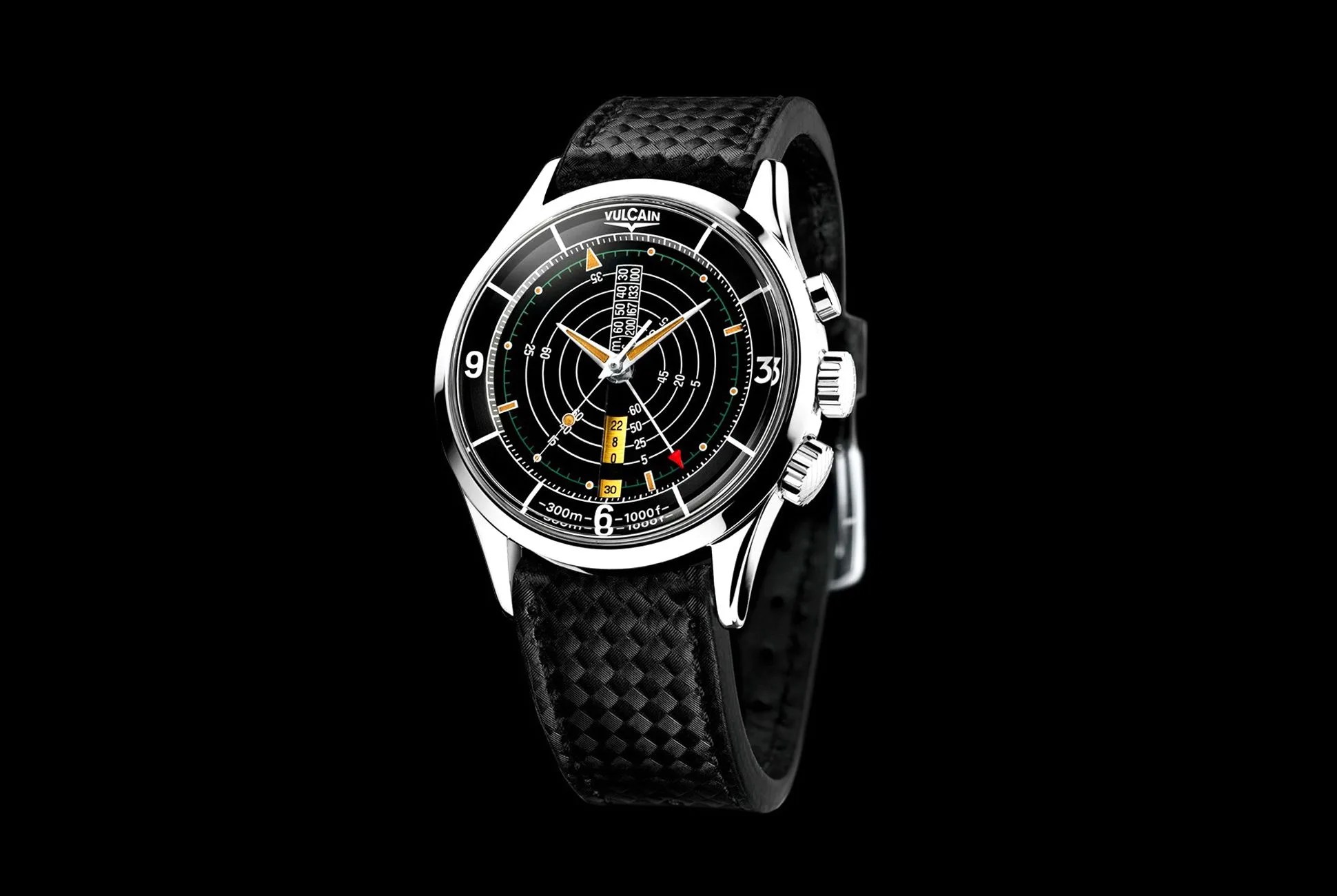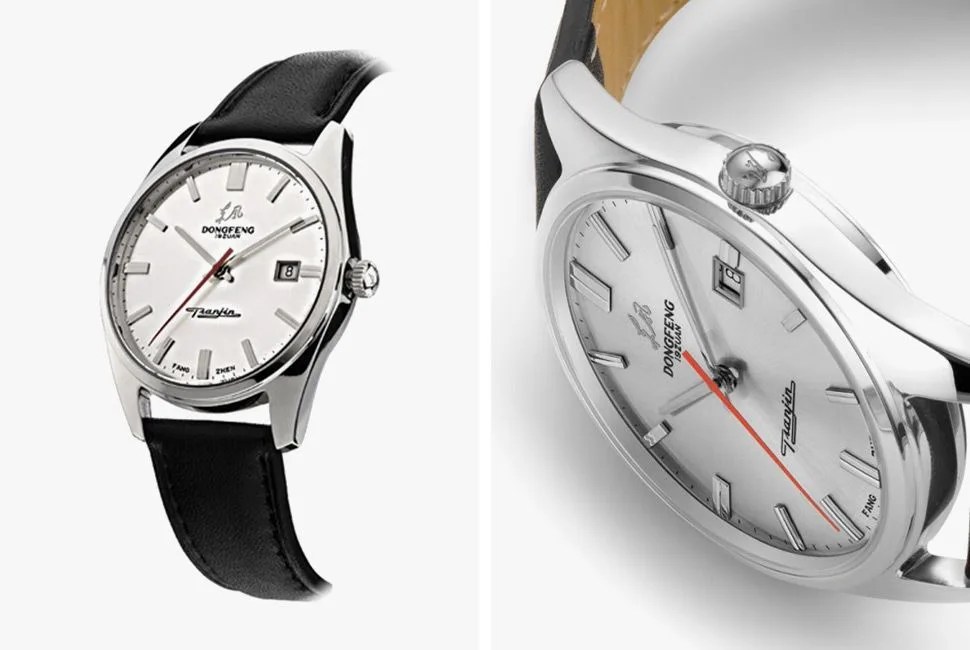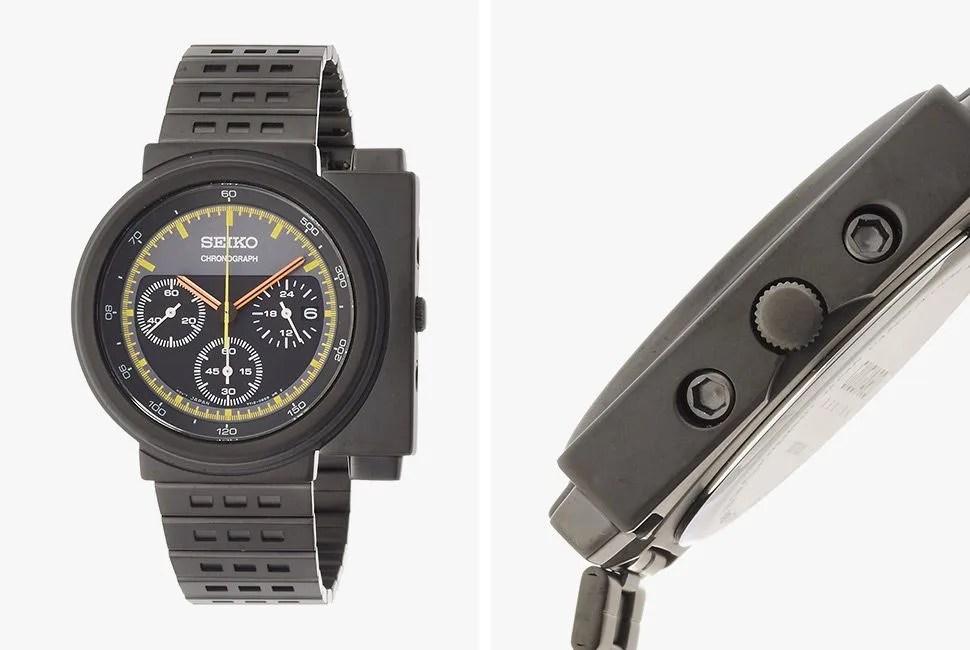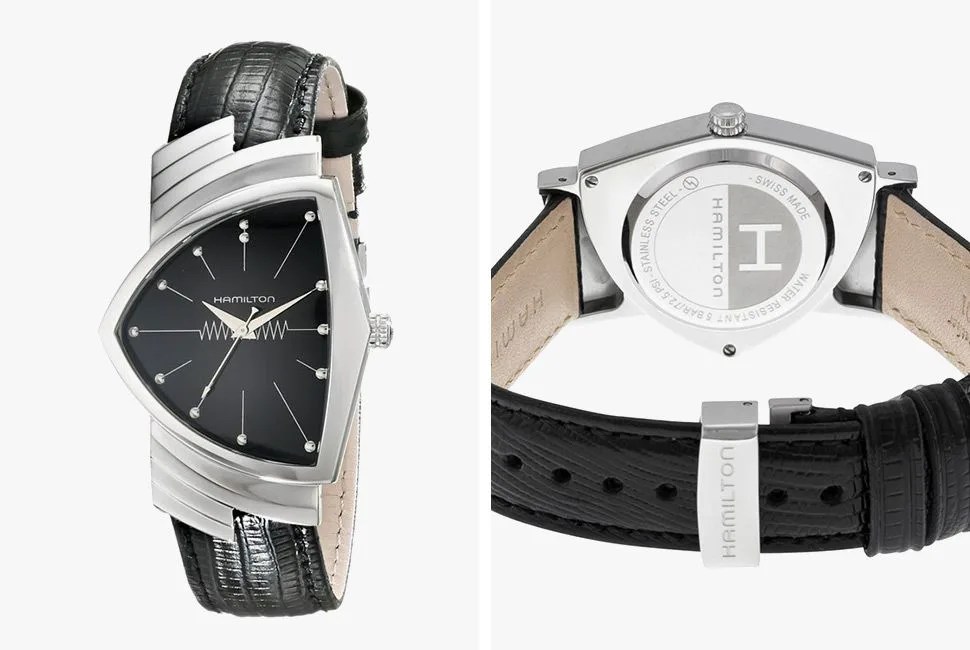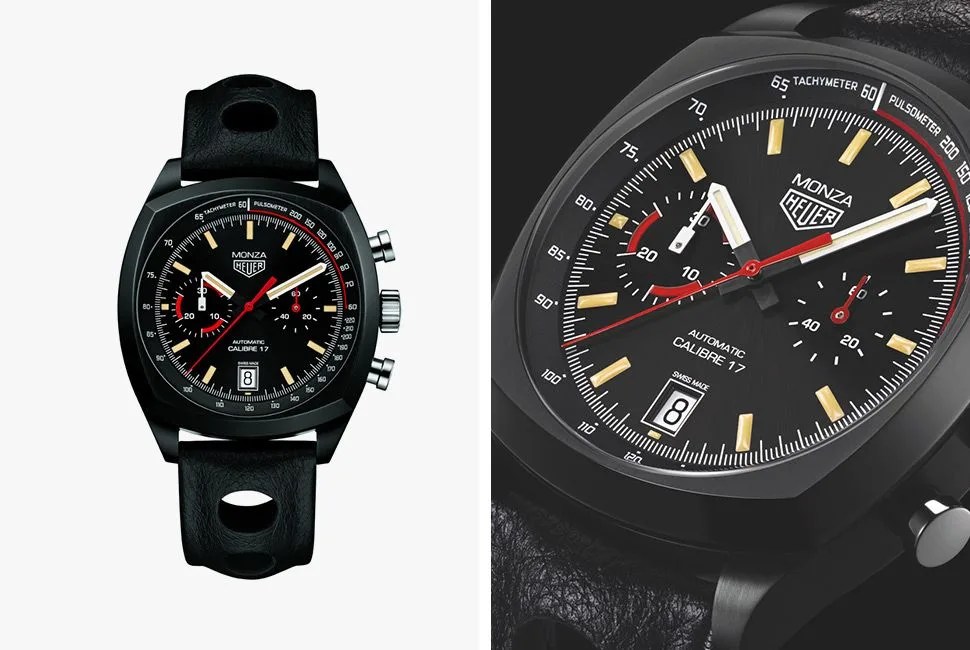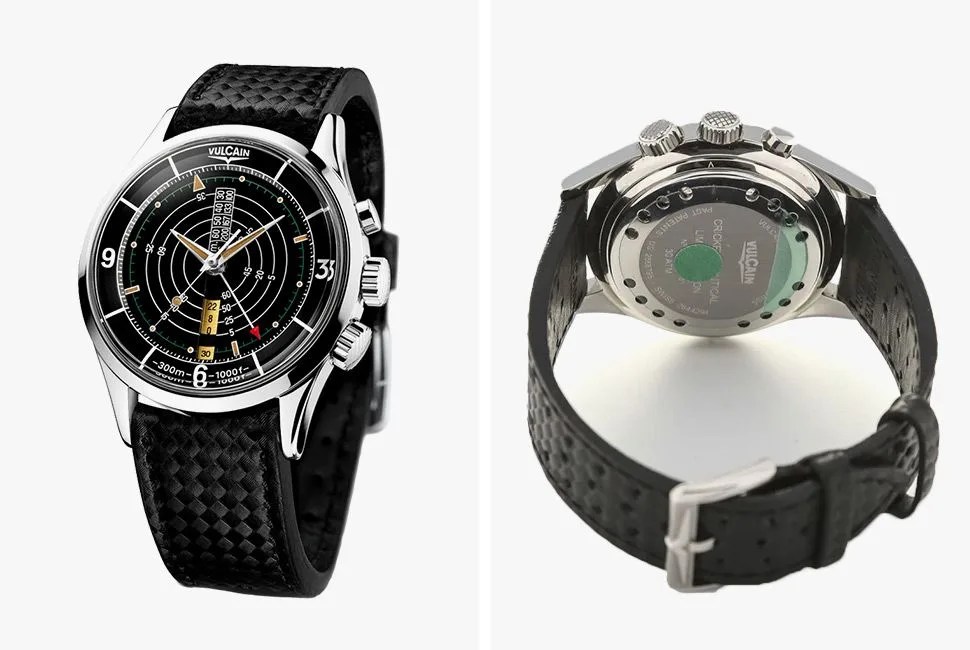There’s a tendency in the watch market (especially when it comes to dive watches) to pick a popular, important or attractive watch from a brand’s design portfolio, recreate it with modern sensibilities and bring it back from the dead. Such reissues capitalize on our nostalgia for the ’50s, ’60s and ’70s, and our ever-increasing desire for vintage watches. We won’t complain. Some of our favorite modern watches are these reissues, like the Oris Divers Sixty-Five, Tudor Black Bay and Zodiac Sea Wolf.
But sometimes the formula feels too familiar: take an iconic sports watch from a big brand, give it the colorway of a classic reference and call it a day. There’s something to be said about the oddball reissue. Maybe it’s a reimagining of a ridiculous design, maybe it’s revisiting a less celebrated timepiece or maybe it simply hails from an overlooked or forgotten brand. They’re the less obvious option. If you really want to make a statement on your wrist, or simply flaunt your watch nerd cred — any one of these seven are perfect.
LIP General de Gaulle 35mm Classic
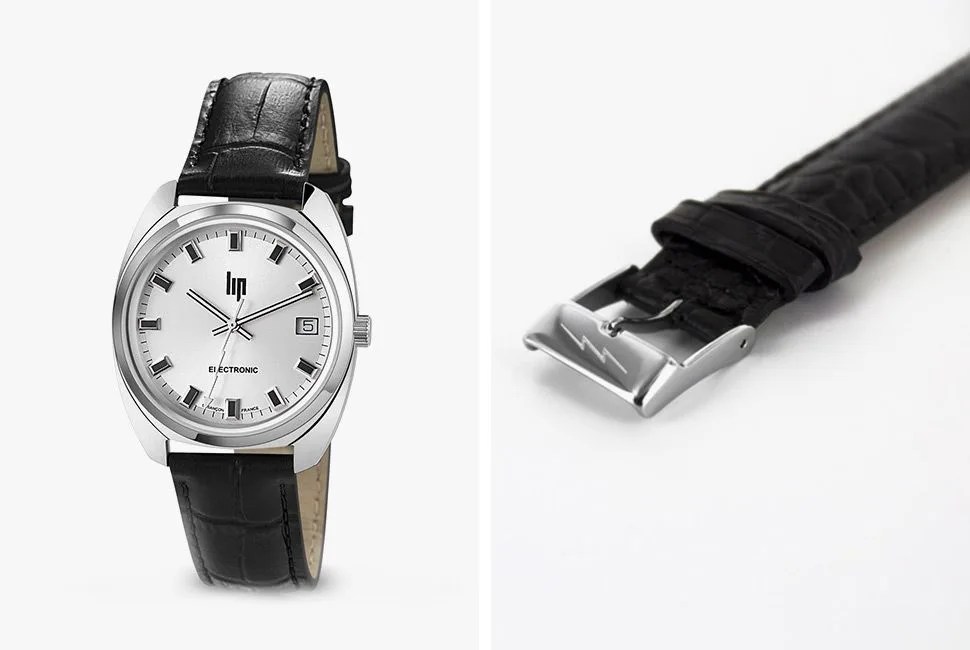
In 1952, long before Bulova’s electric tuning fork movement or the quartz watch, French watchmaker LIP was one of the first companies to create (but not sell) an electronic watch that used a battery and diode to move a balance wheel. Dubbed the l’Electronique, it was famously worn by French President Charles de Gaulle and American President Dwight D. Eisenhower. LIP tanked due to economic and social turmoil in the ’70s, but the brand was reestablished in 1990 and today sells a re-creation of the original l’Electronic, now featuring a quartz movement. The loss of the original movement may irk hardcore watch historians, but the spot-on mid-century case shape and dial more than pay tribute to a forgotten name in watchmaking.
